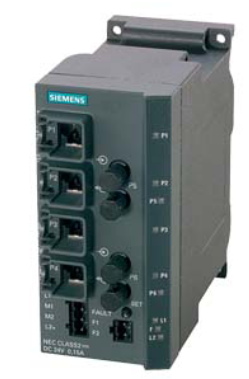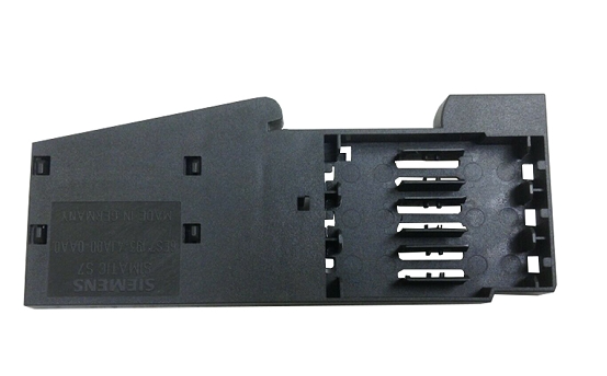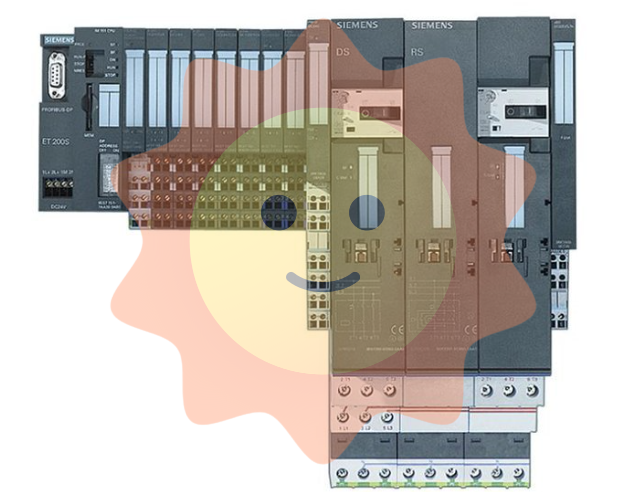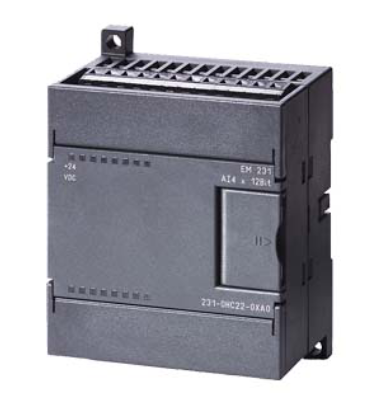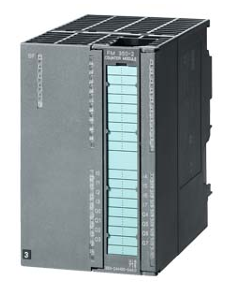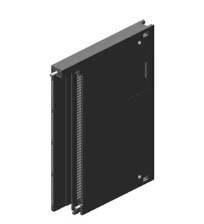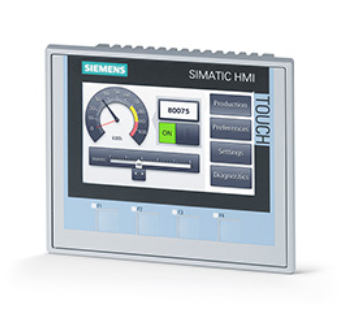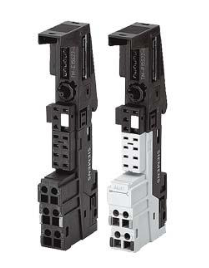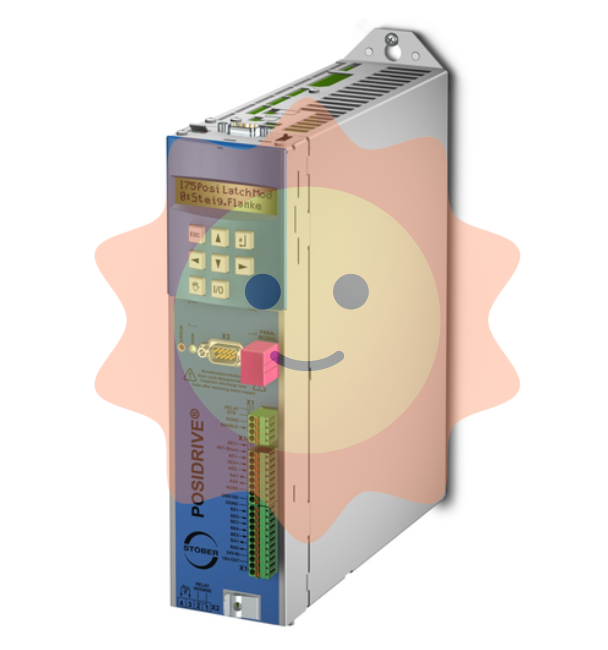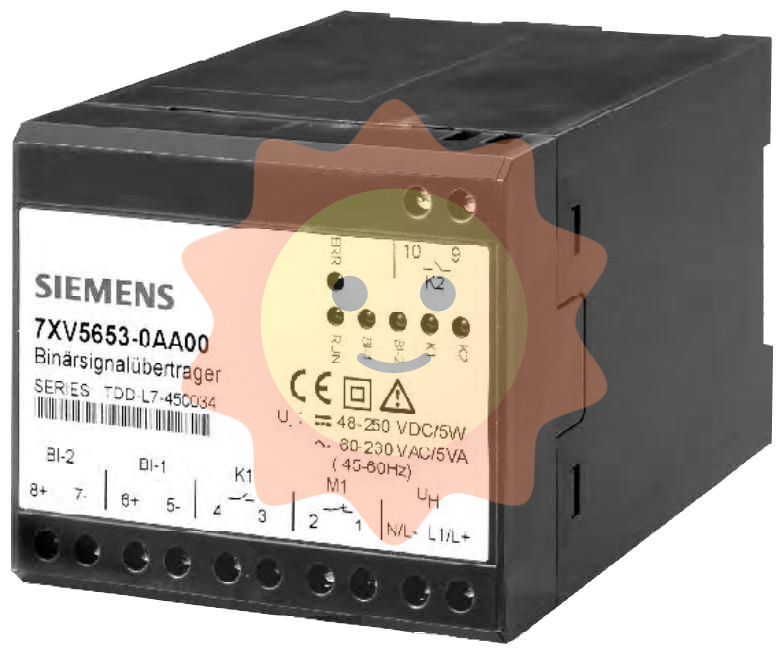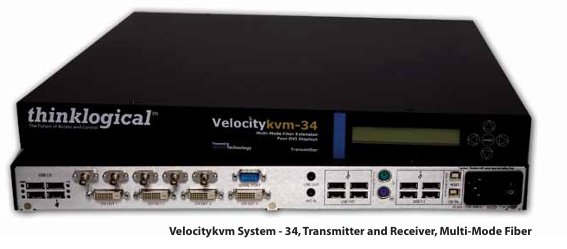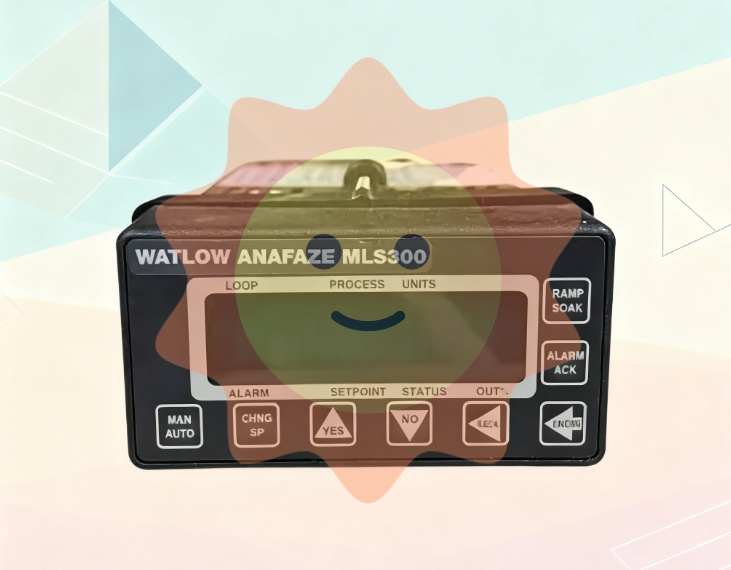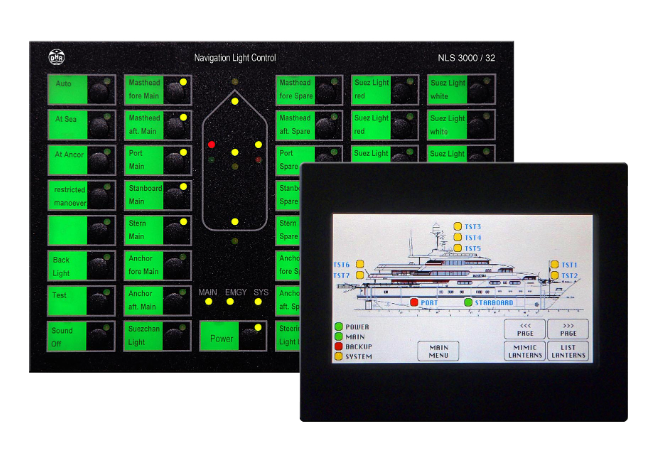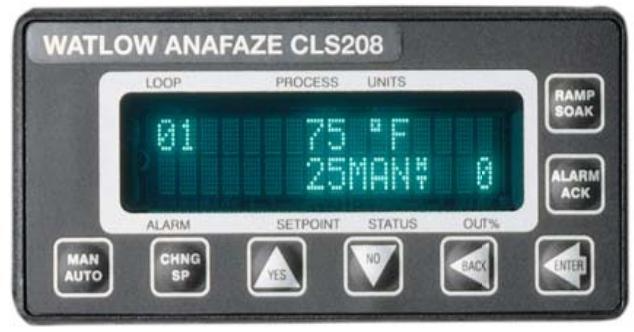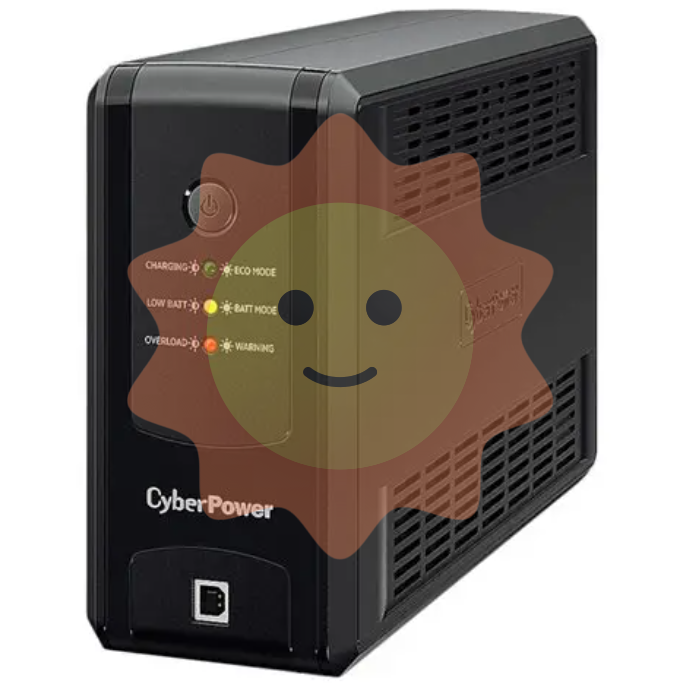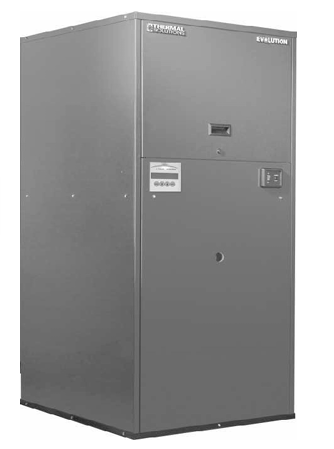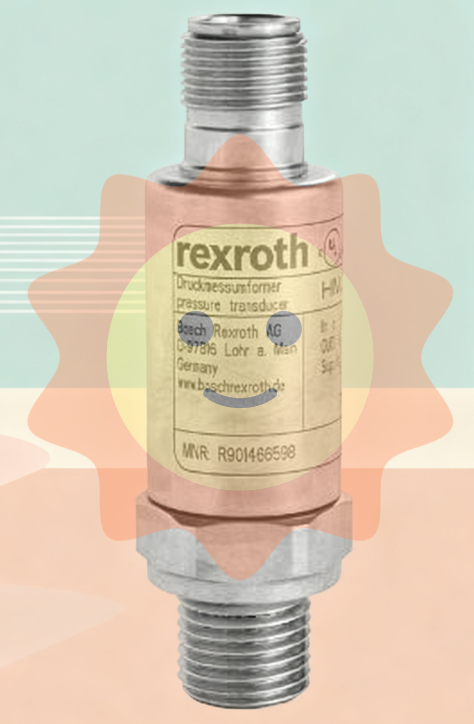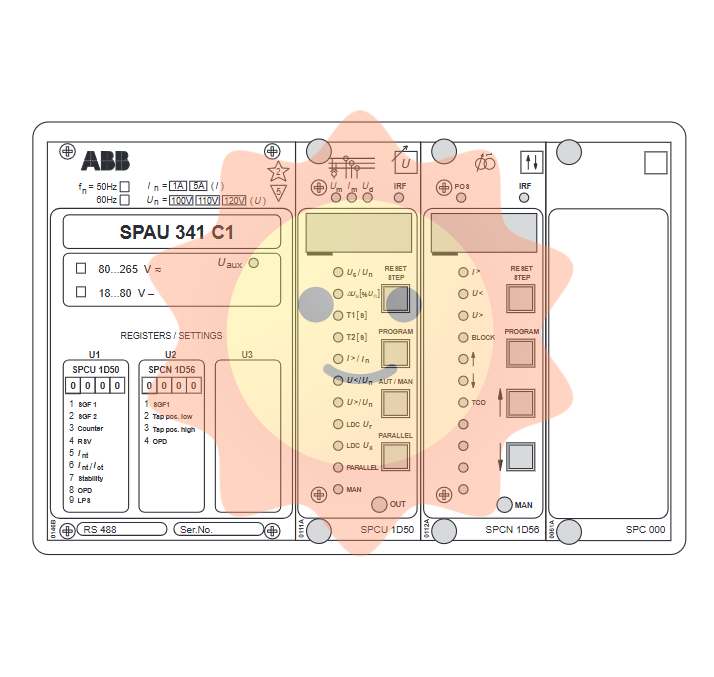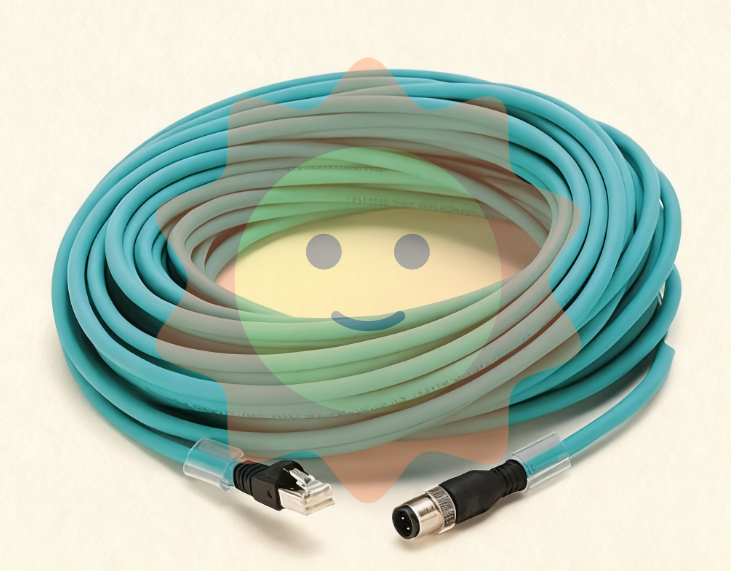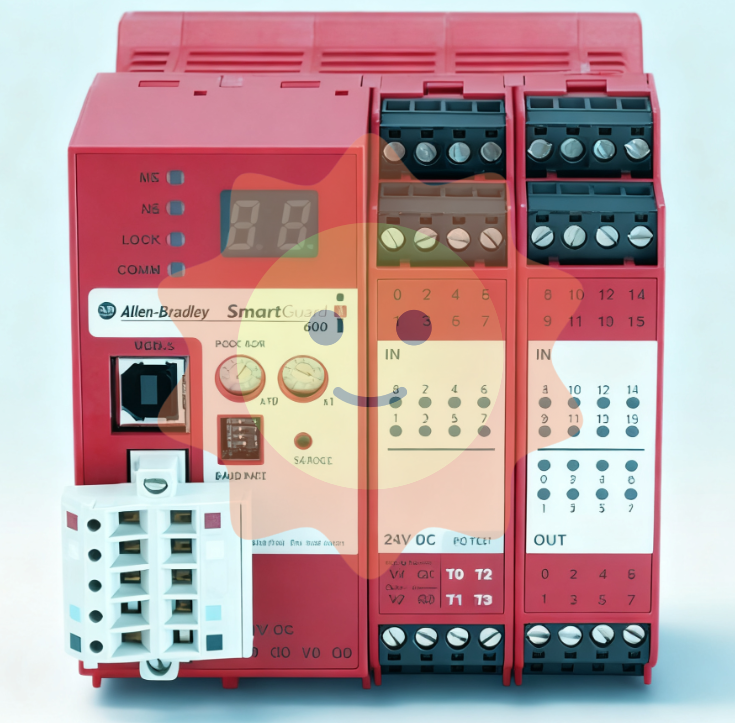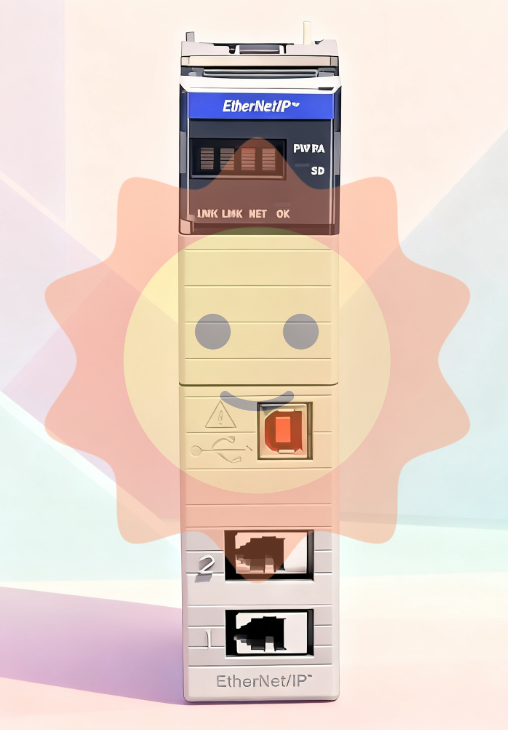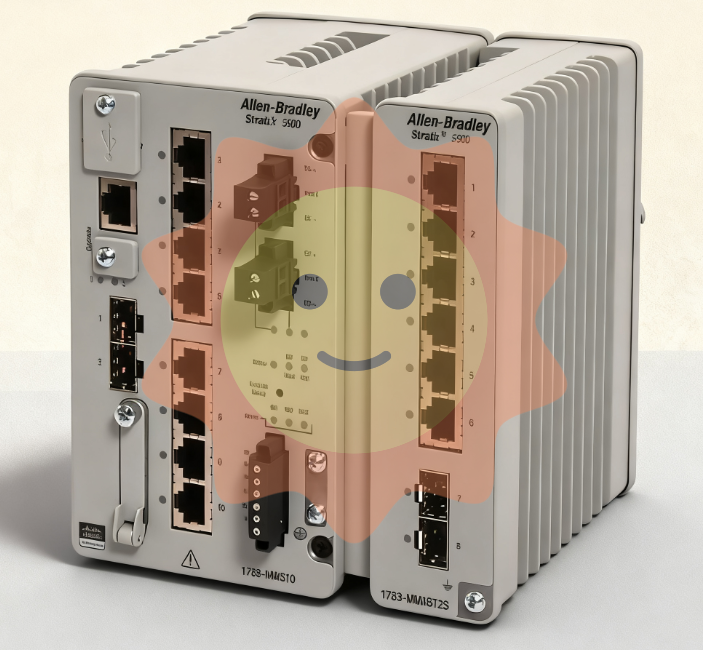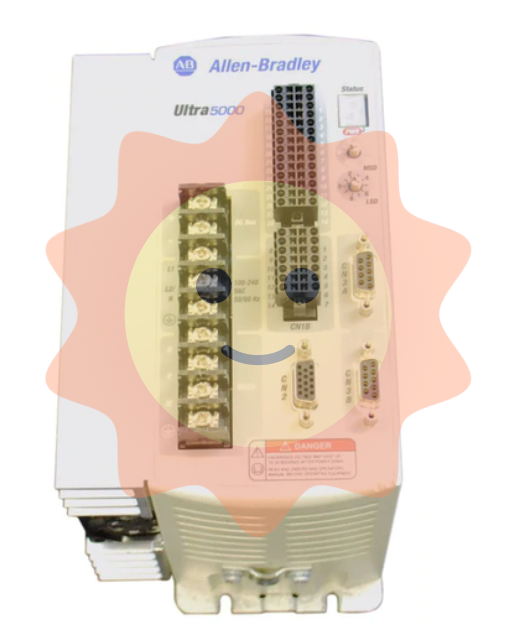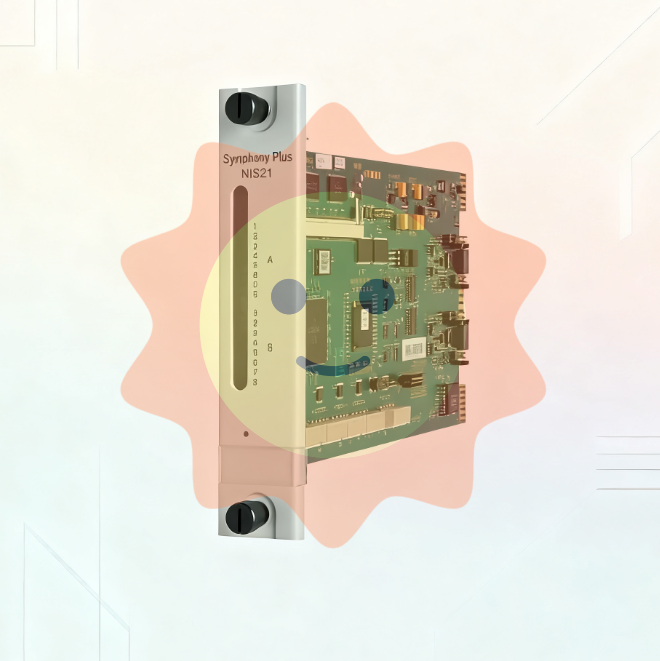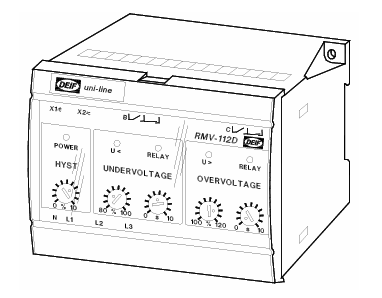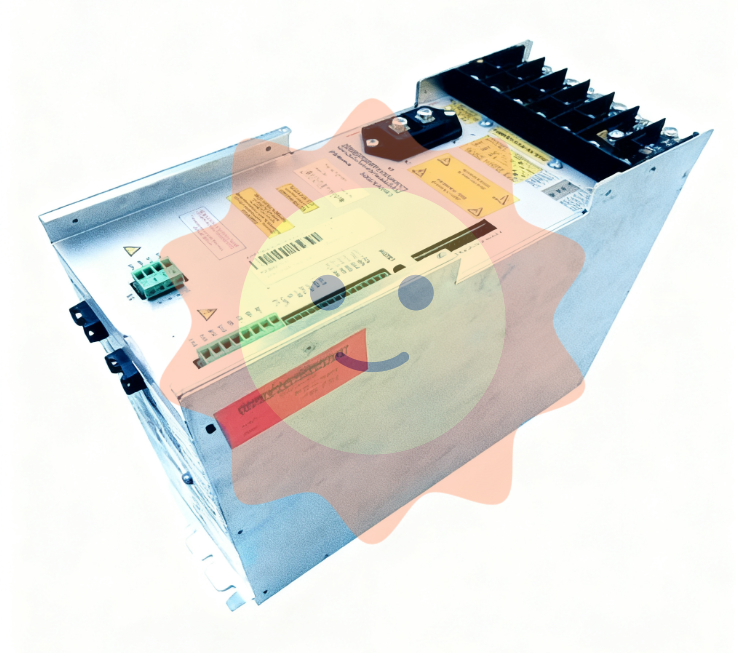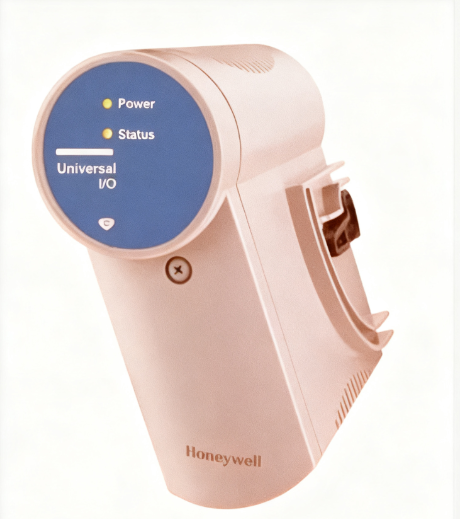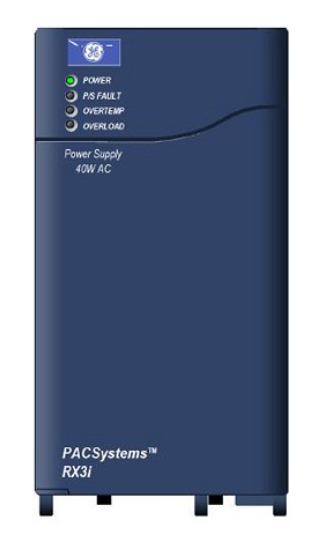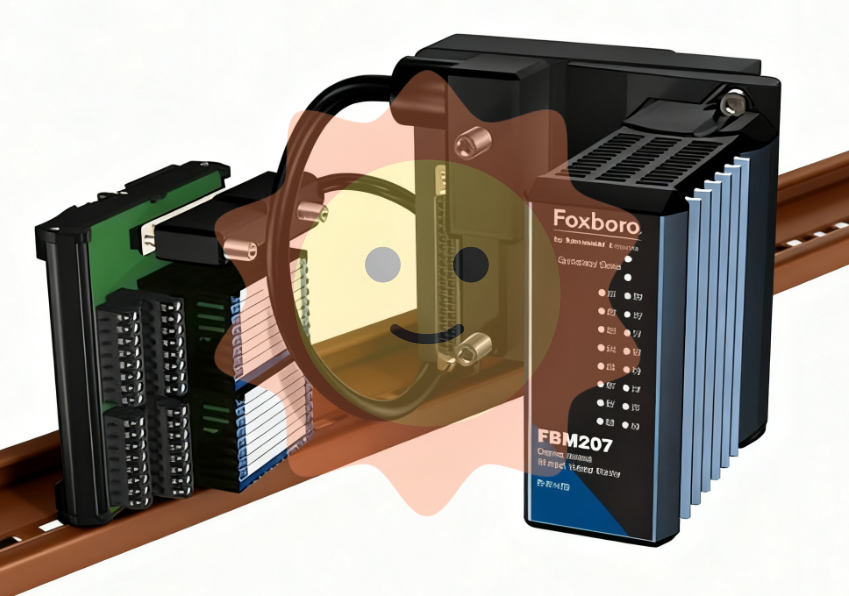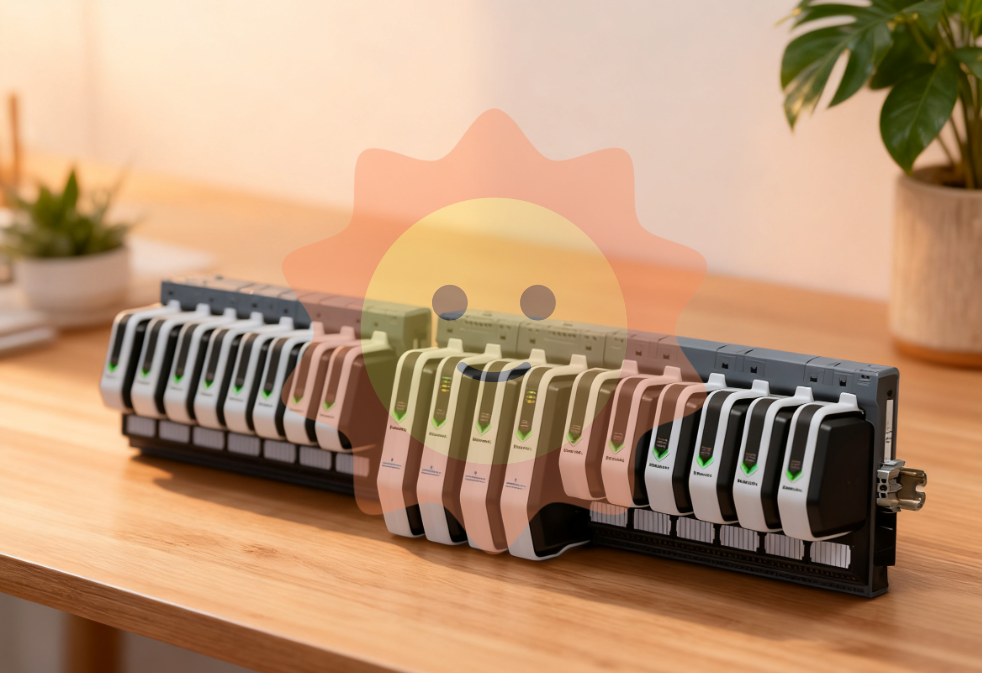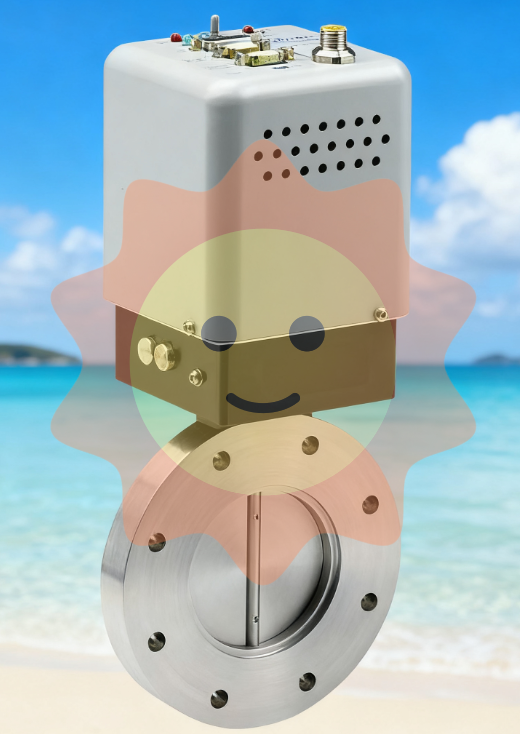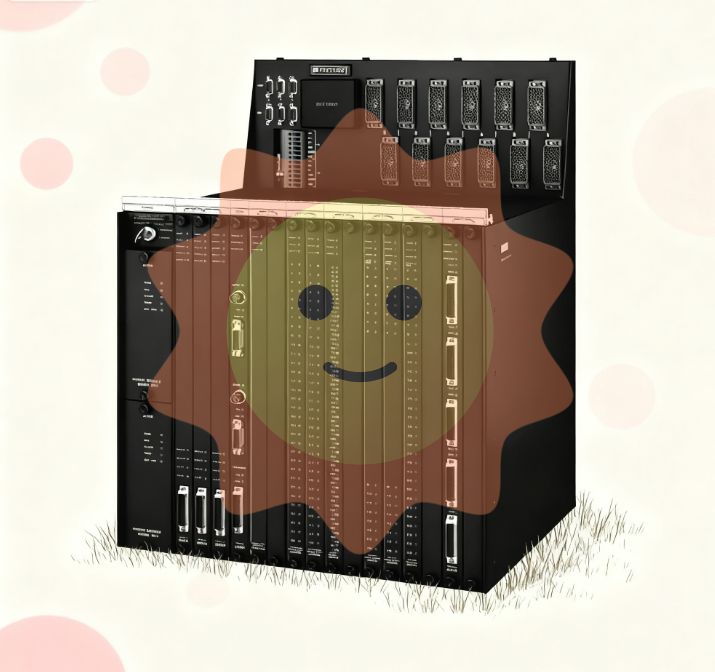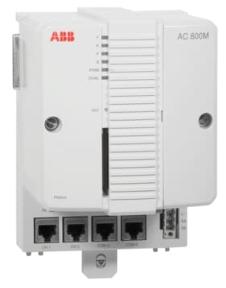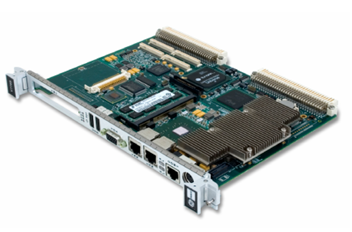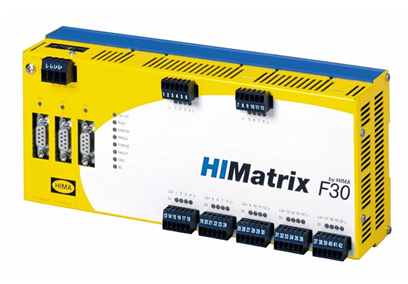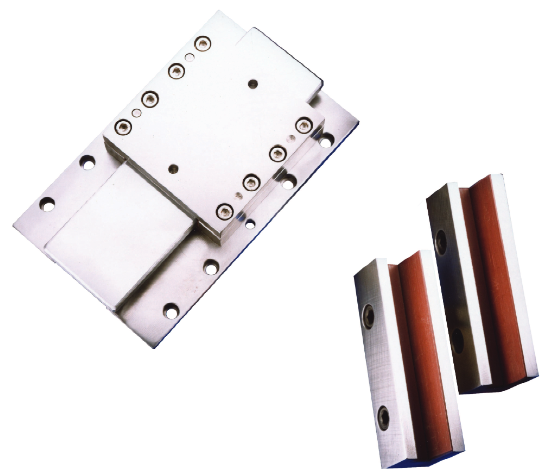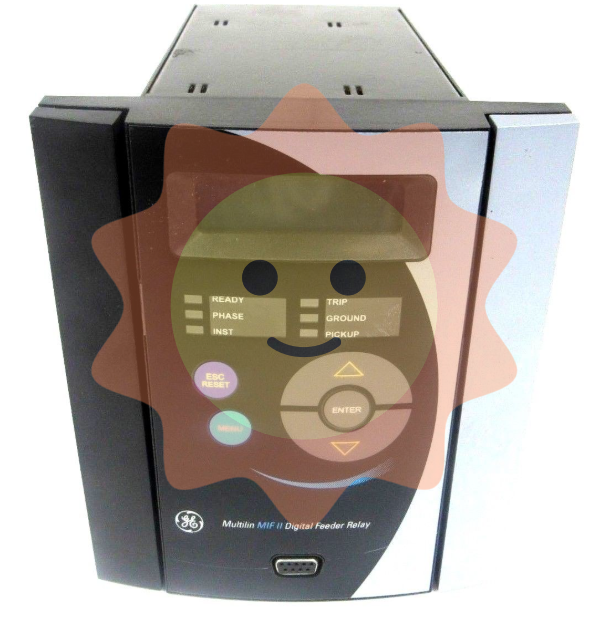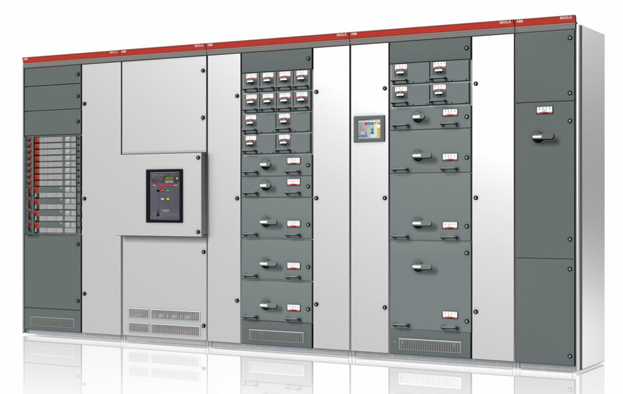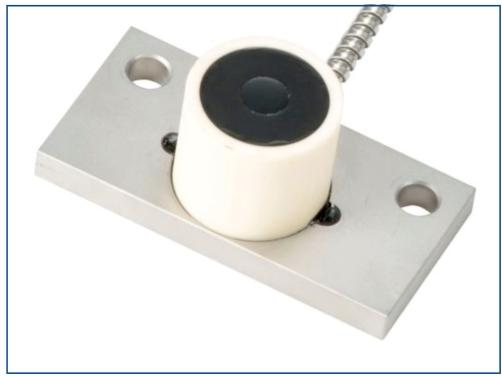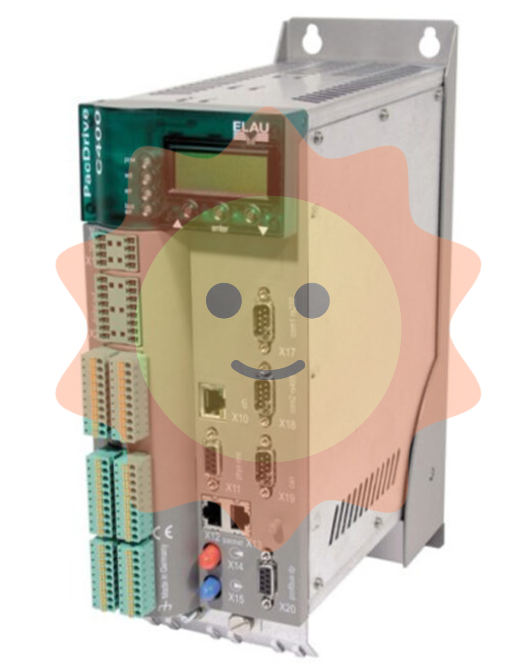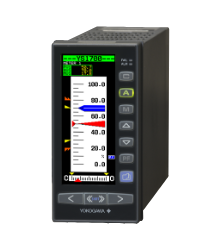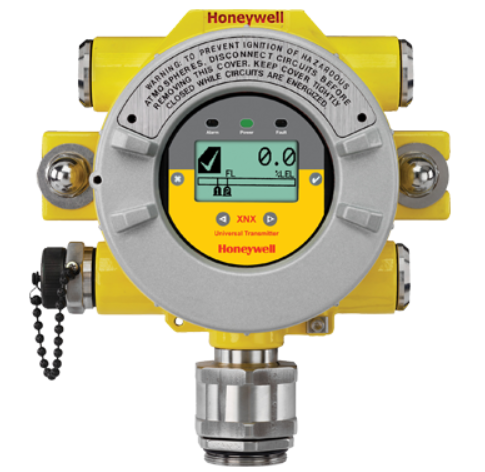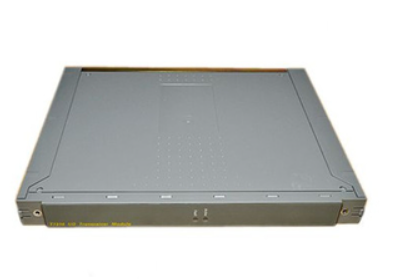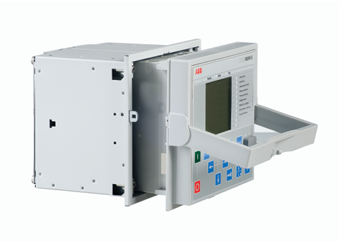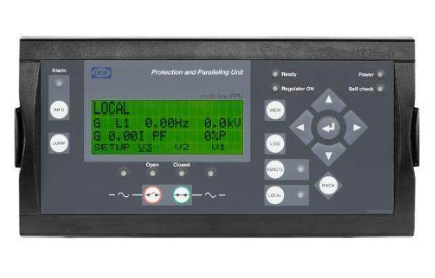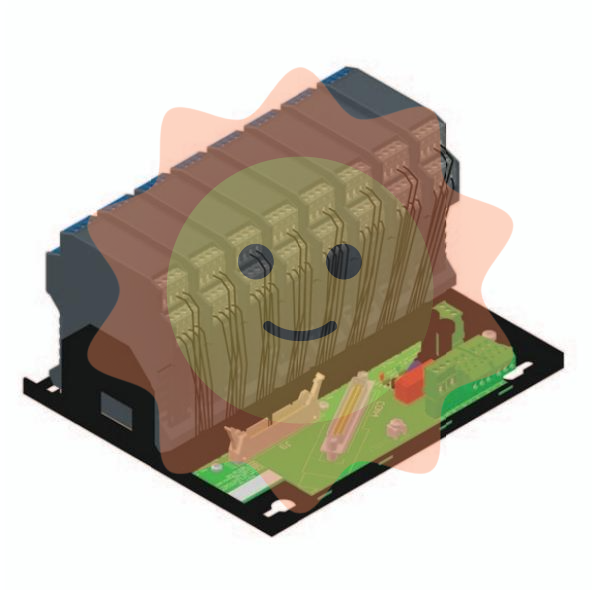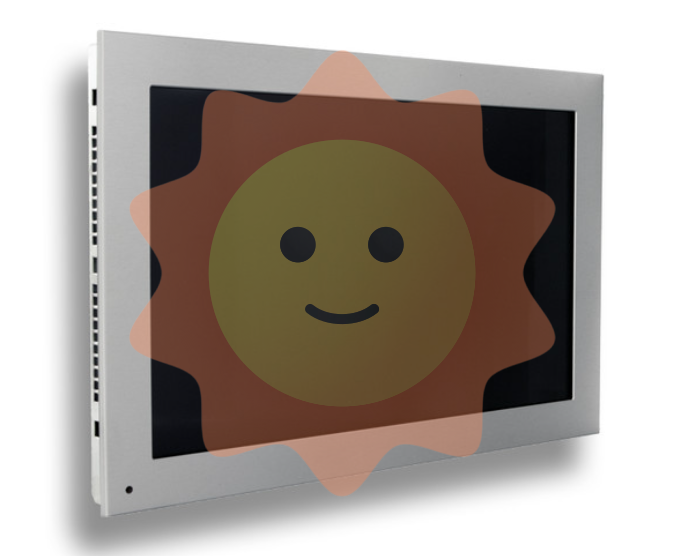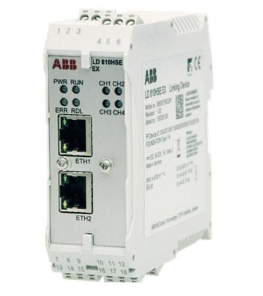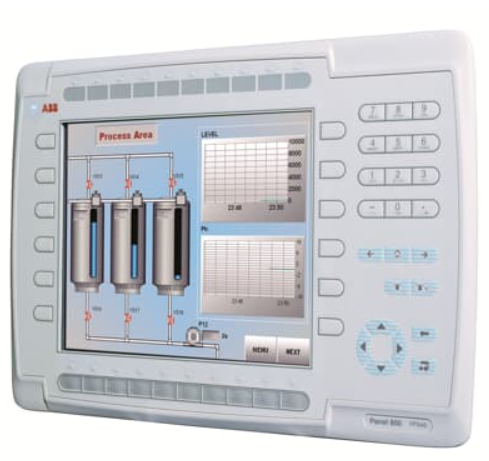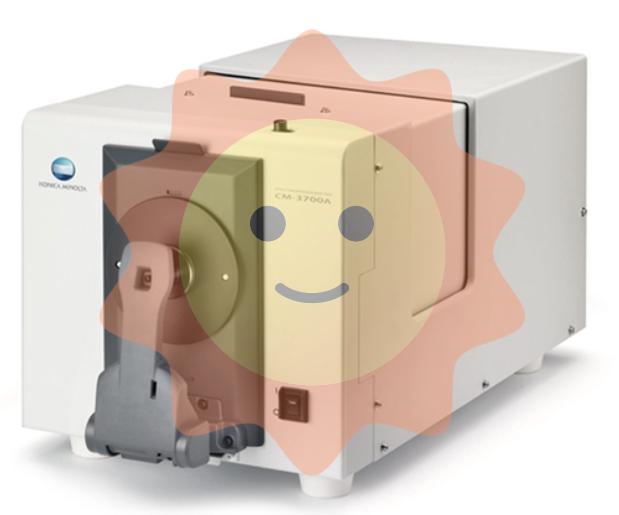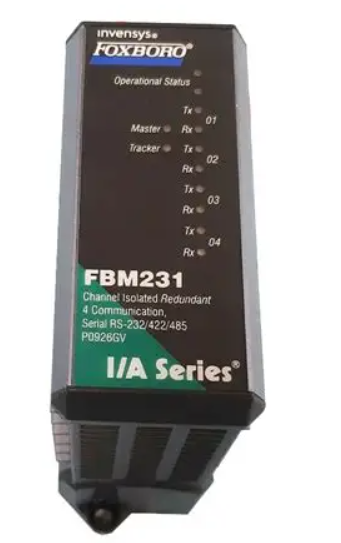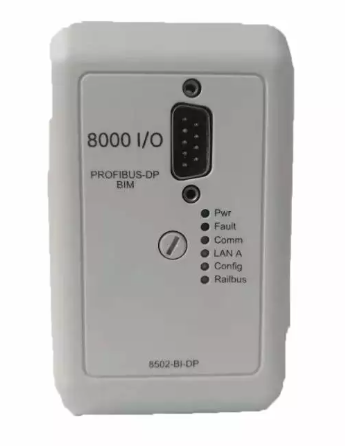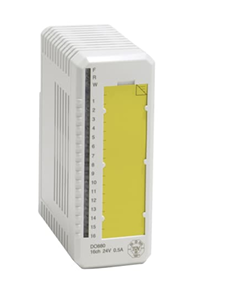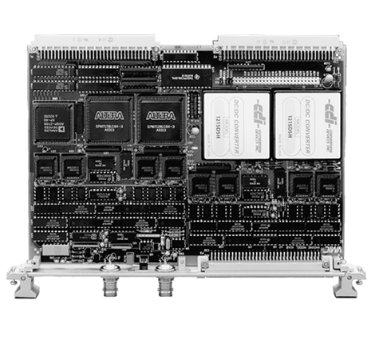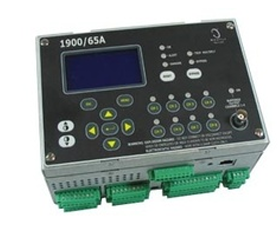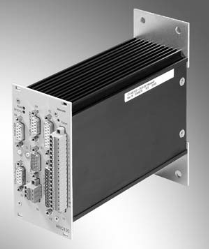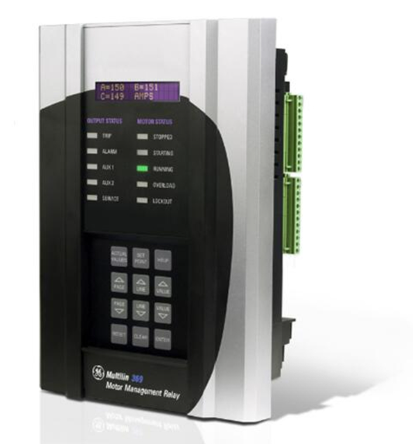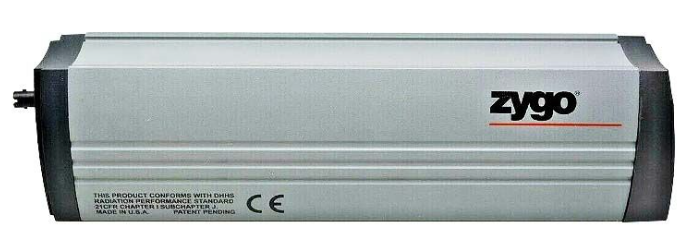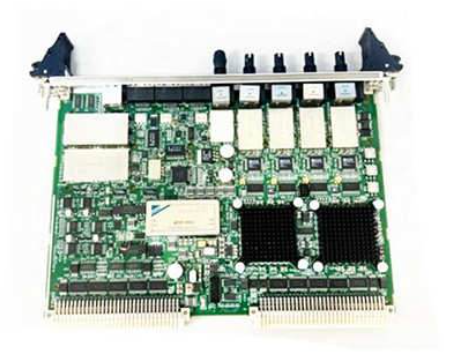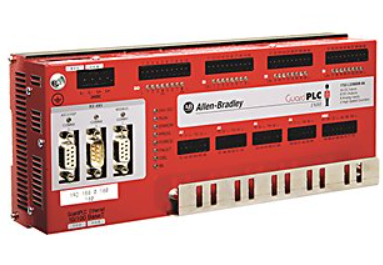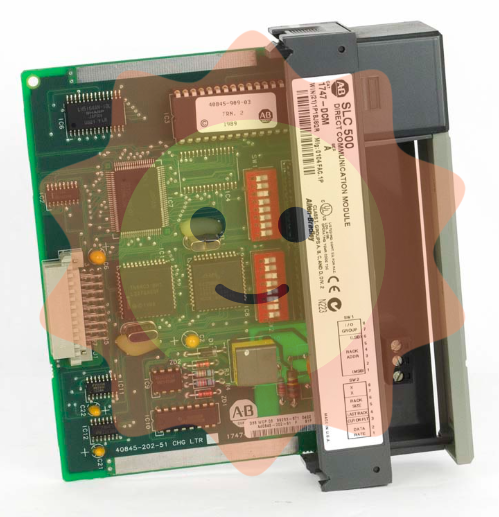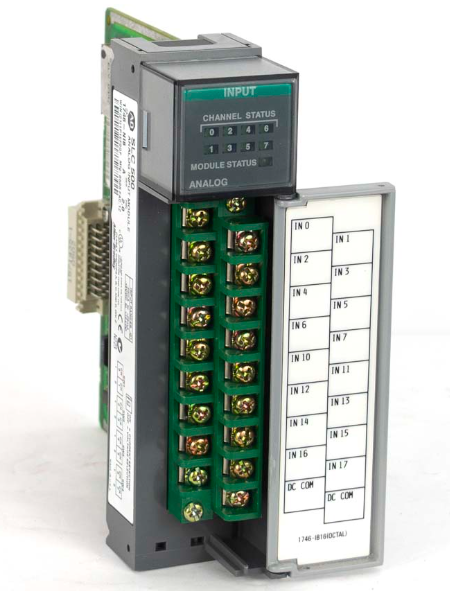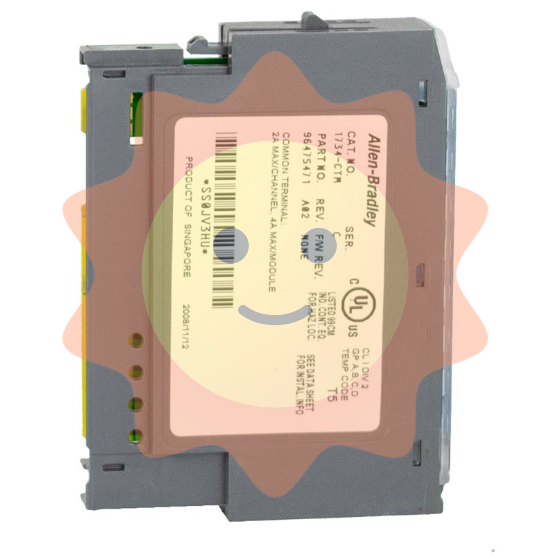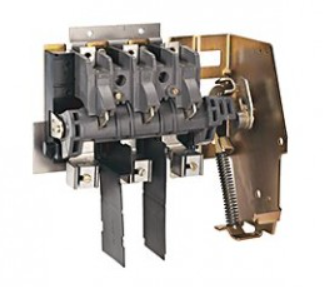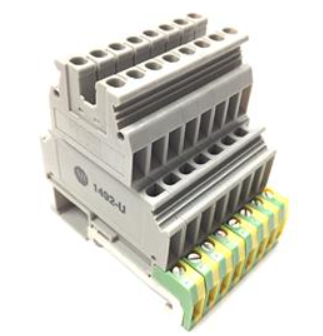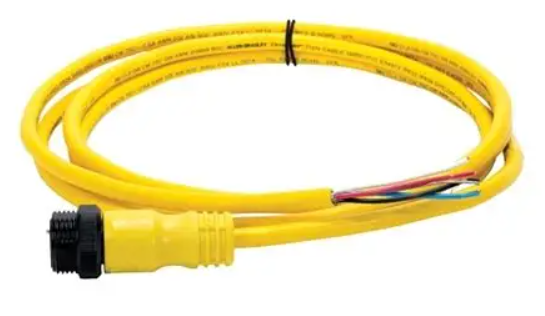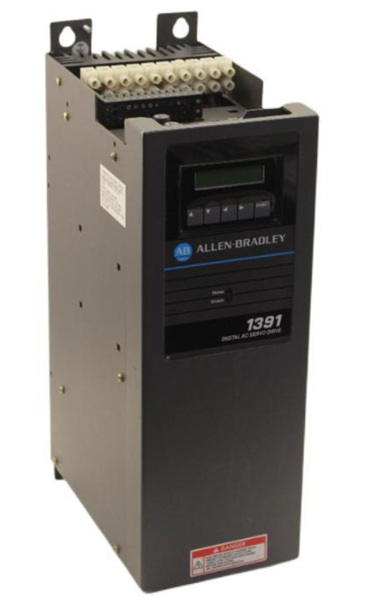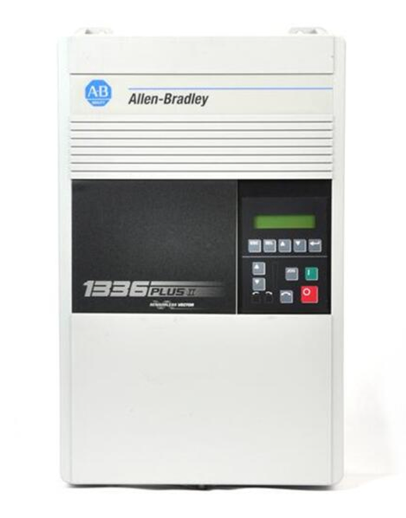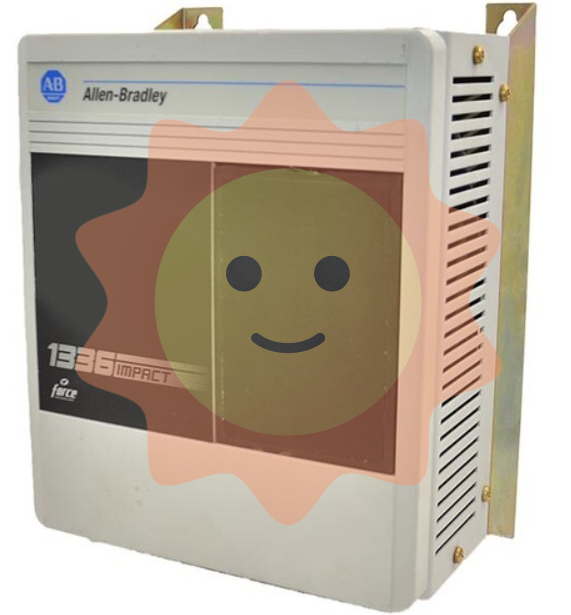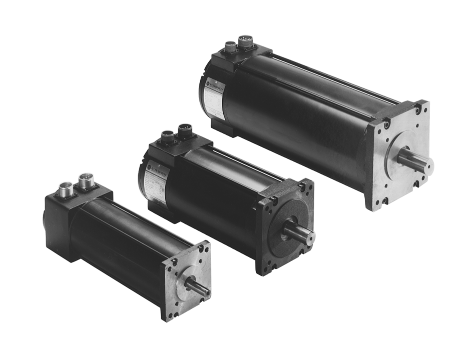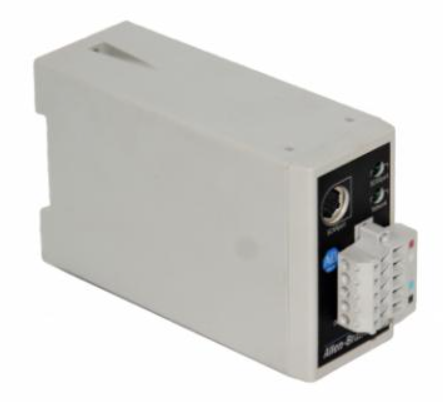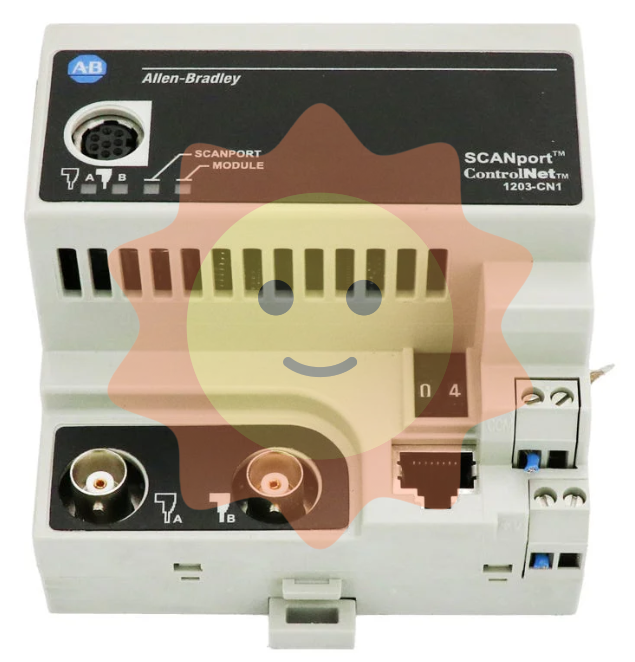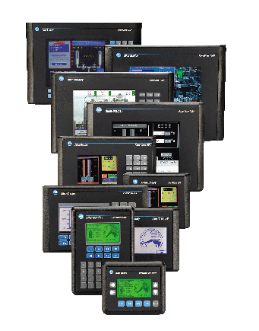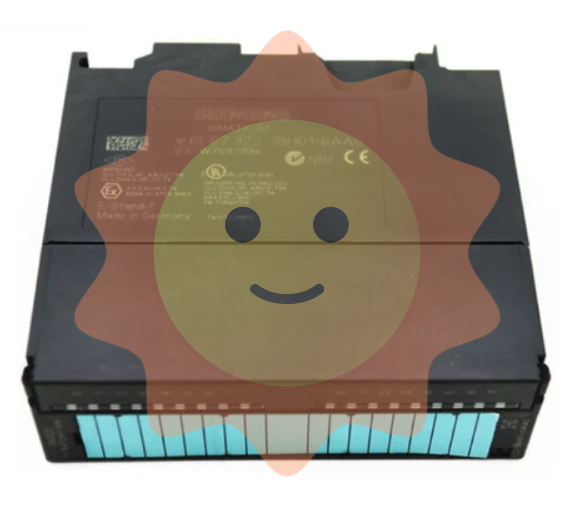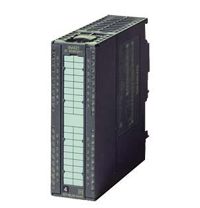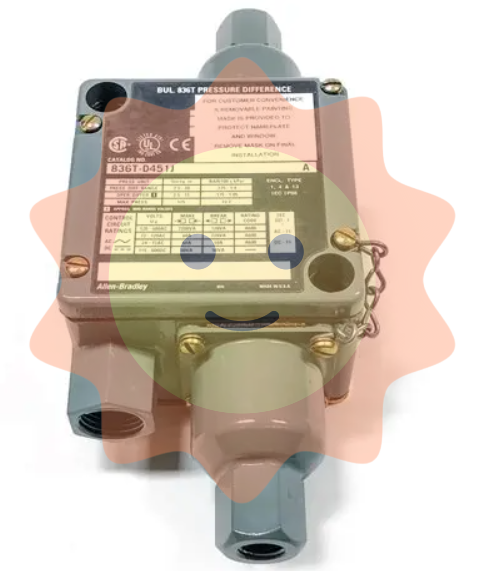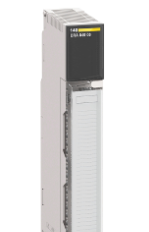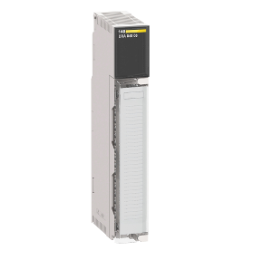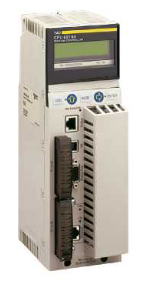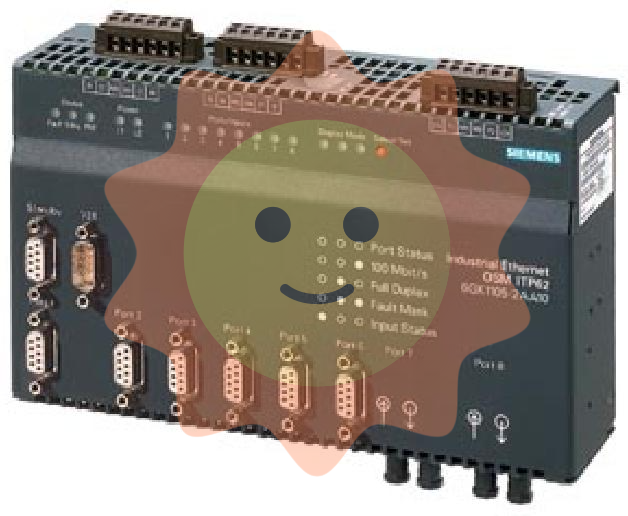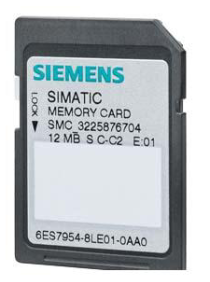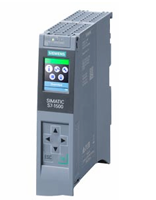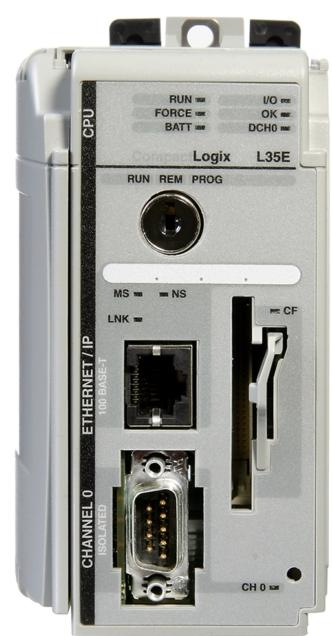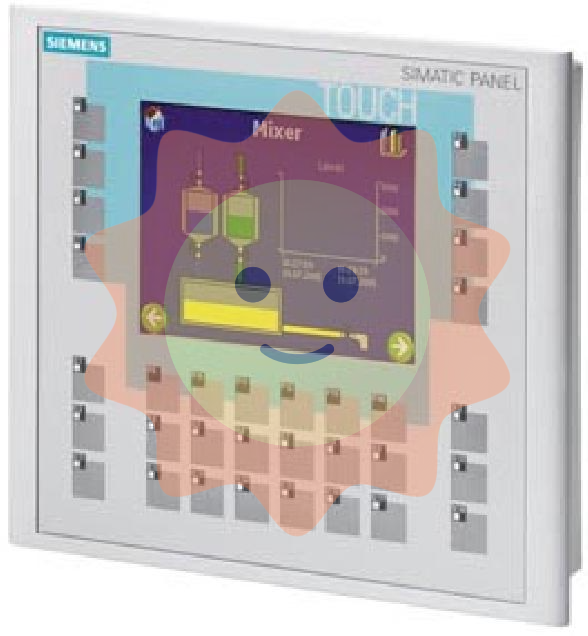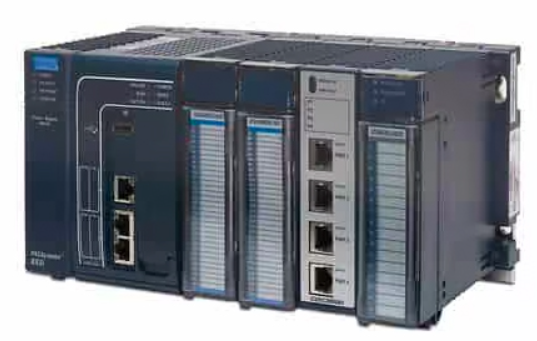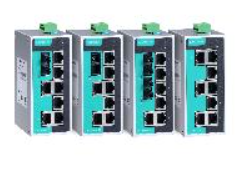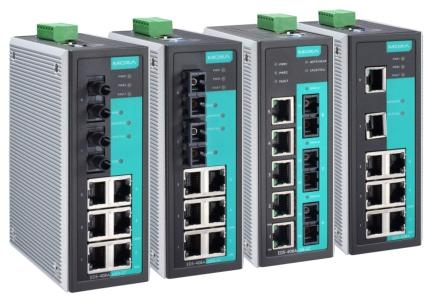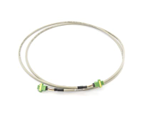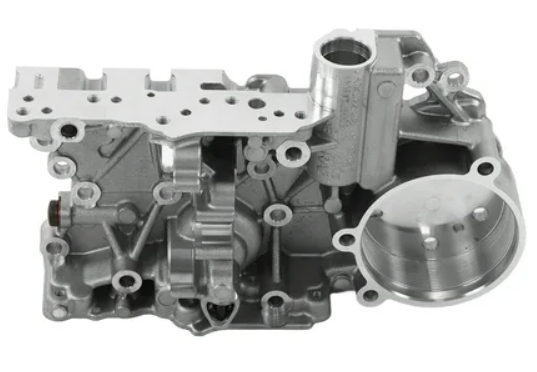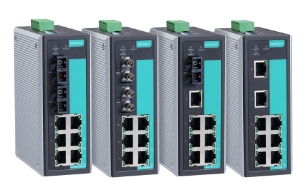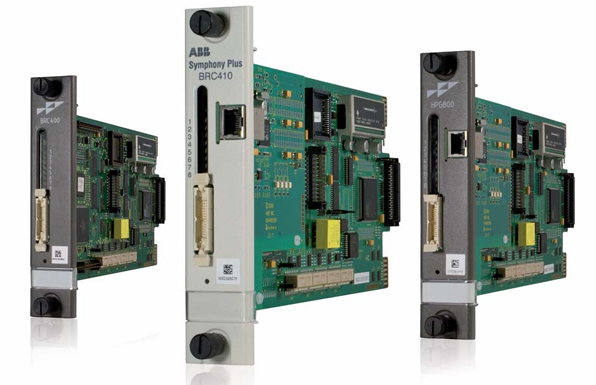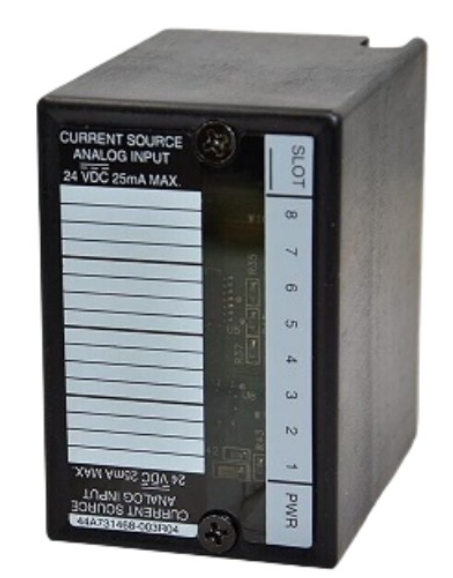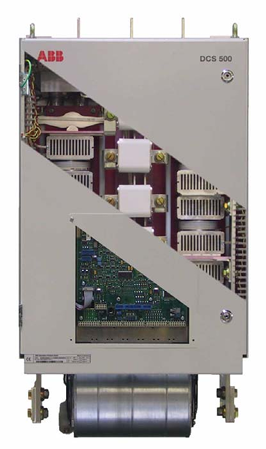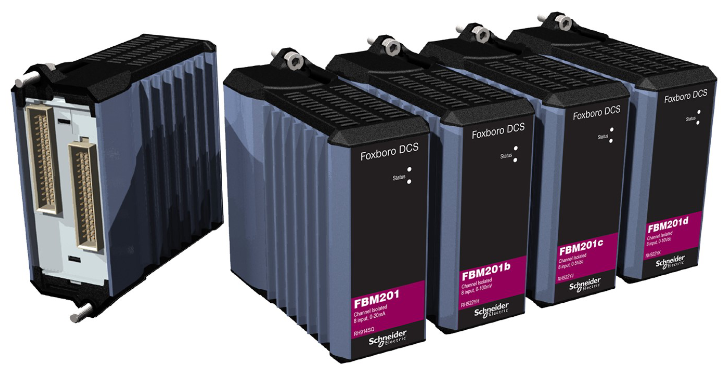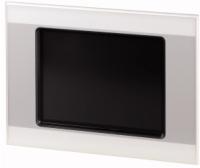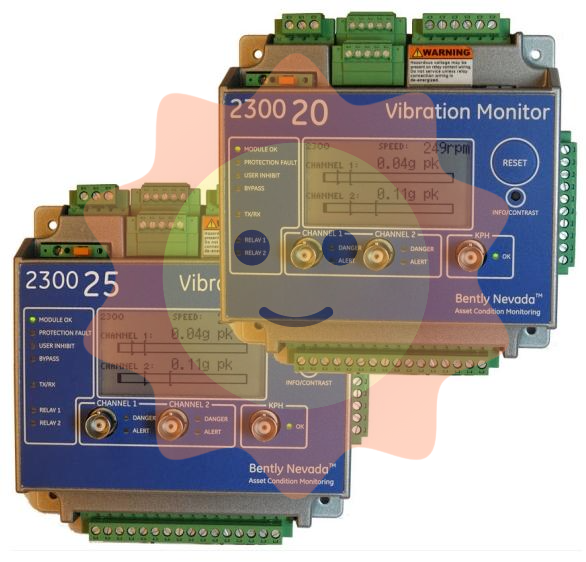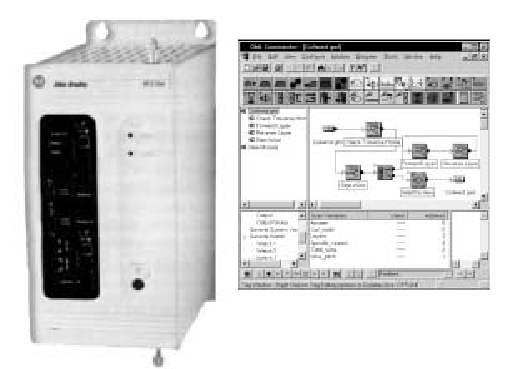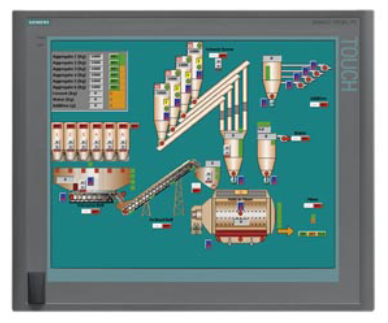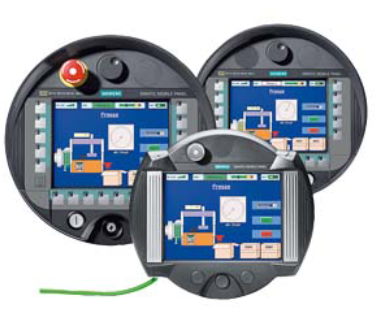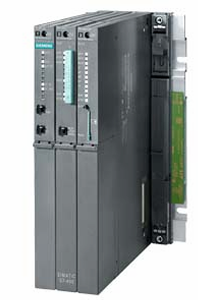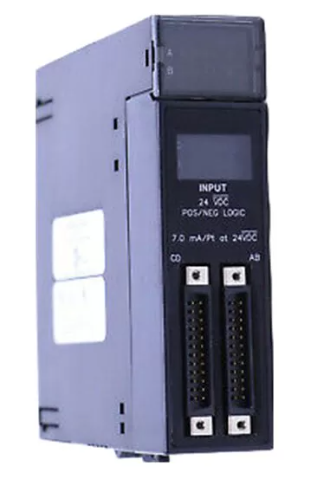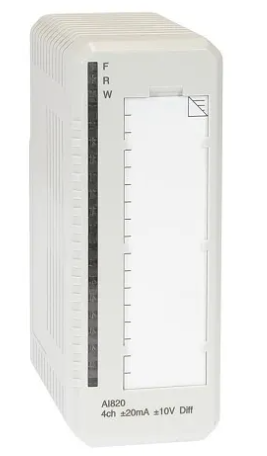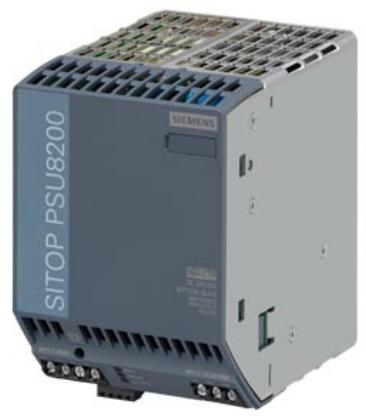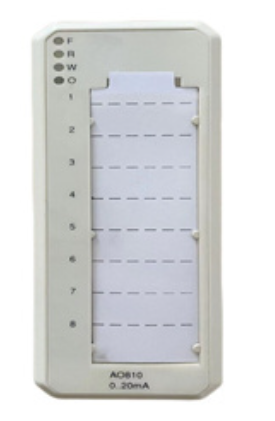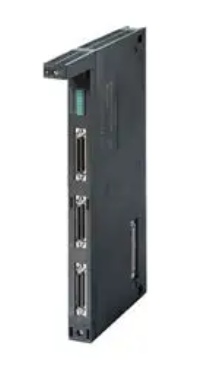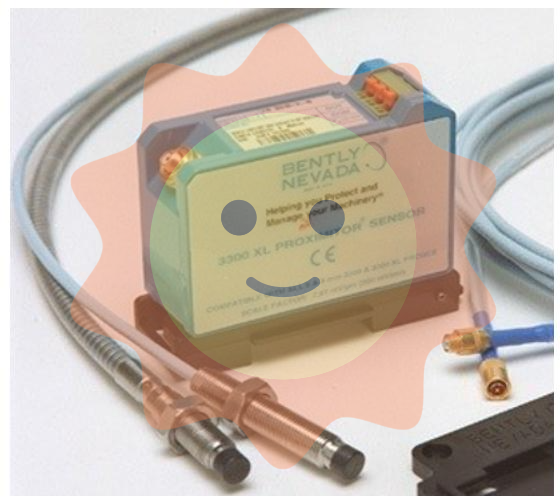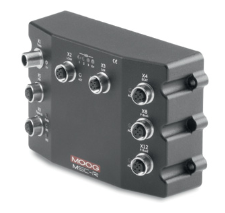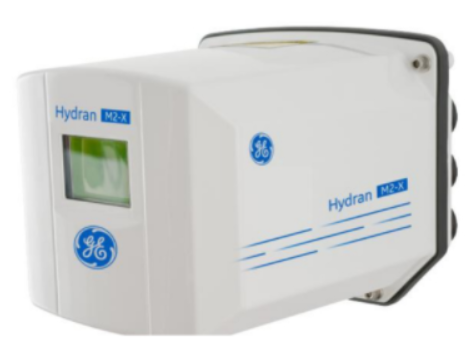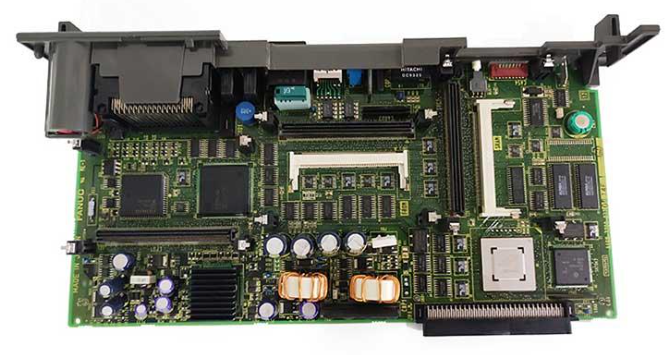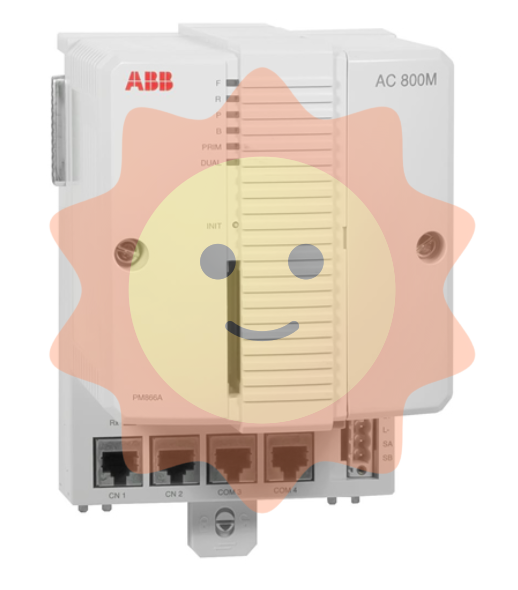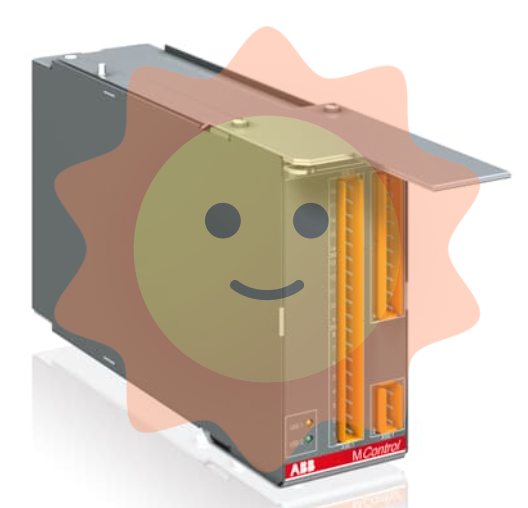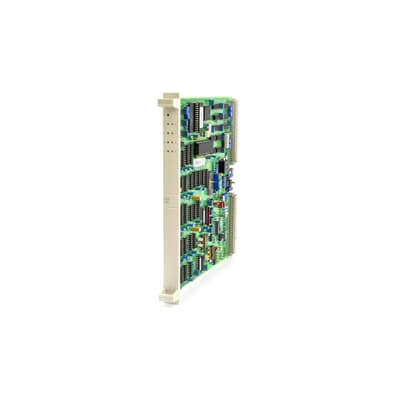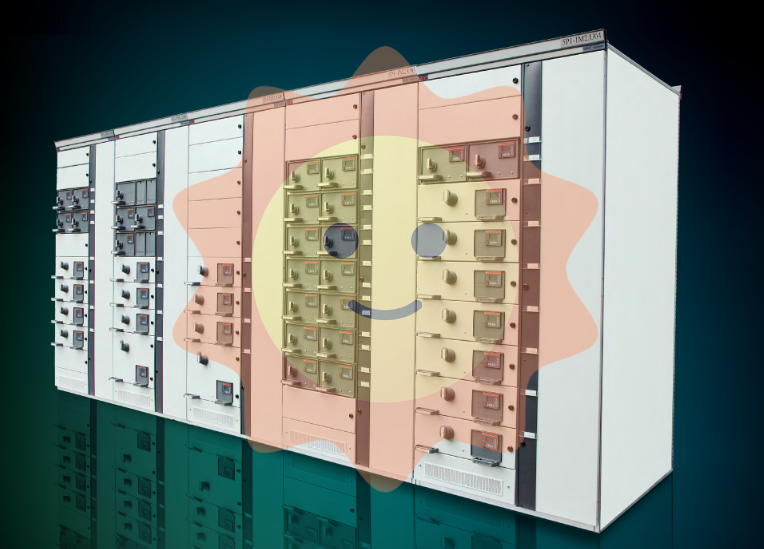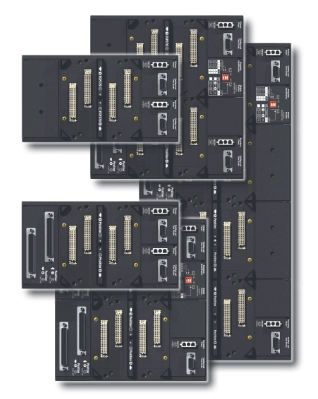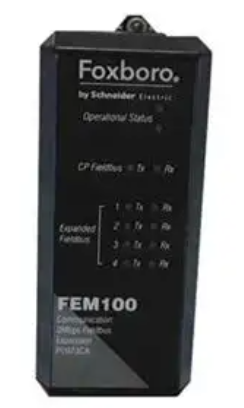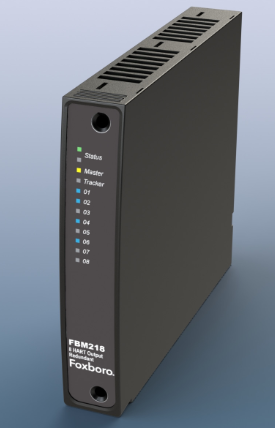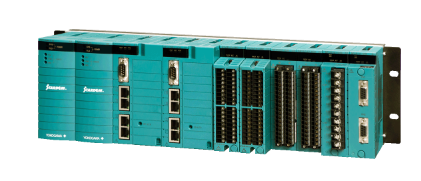GE IS220PDOAH1A Discrete IO Pack
GE IS220PDOAH1A Discrete IO Pack
Part Number IS220PDOAH1A Manufacturer General Electric Country of Manufacture As Per GE Manufacturing Policy Series Mark VIe Function Module Availability In StockIS220PDOAH1A is a Discrete Output Pack and is part of the GE Speedtronic Mark VIe gas turbine control system. It connects one or two I/O Ethernet networks to a discrete output terminal board via an electrical interface. The pack includes a processor board shared by all Mark VIe distributed I/O packs as well as an acquisition board dedicated to the discrete output function. IS220PDOAH1A Functional Description The pack can control up to 12 relays and accepts feedback from the terminal board.
There are magnetic relays (TRLYH1B, C, D, and F terminal boards) and solid-state relays (TRLYH1E boards) available. The pack is powered by three-pin power input and two RJ45 Ethernet connectors. Output is via a DC-37 pin connector that is directly connected to the associated terminal board connector. Indicator LEDs provide visual diagnostics, and an infrared port allows for local diagnostic serial communications.
Compatibility It works with six different types of discrete (relay) output terminal boards, including TRLY and SRLY boards, but not DIN-rail mounted DRLY boards. The number of I/O packs used in a signal path is referred to as the control mode: Simplex employs a single I/O pack and one or two network connections. Dual employs two I/O packs with one or two network interfaces. TMR employs three I/O packs, each with one network connection. IS220PDOAH1A Installation Installing the PDOA pack: Securely mount the terminal board of choice. Insert one simplex PDOA I/O pack or three TMR PDOA I/O packs directly into the terminal board connectors. Use the threaded studs next to the Ethernet ports to mechanically secure the packs.
The studs fit into a terminal board-specific mounting bracket. The bracket should be positioned so that no right-angle force is applied to the DC37 connector between the pack and the terminal board. The adjustment should only be needed once during the product's lifetime. Depending on the system configuration, connect one or two Ethernet cables. The pack will work with either port. When using dual connections, it is common practice to connect ENET1 to the network associated with the R controller. Connect the pack to power by plugging in the connector on the pack's side.
This connector does not need to be inserted with the power disconnected from the cable because the I/O pack has an inherent soft-start capability that controls current inrush on power application. Configure the I/O pack as required. IS220PDOAH1A Operation Processor The processor board is linked to an acquisition board that is dedicated to the I/O pack function. When input power is applied, the soft-start circuit increases the voltage available on the processor board. The local power supplies are turned on in sequence, and the processor reset is disabled. After completing self-test routines, the processor loads application code specific to the I/O pack type from flash memory. The application code reads board ID information to ensure that the application code, acquisition board, and terminal board are all correctly matched. With a good match, the processor attempts to establish Ethernet communications, beginning with a network address request.
The address request employs the industry-standard dynamic host configuration protocol (DHCP) and the terminal board's unique identification. Following Ethernet initialization, the processor programs the onboard logic executes the application, and allows the acquisition board to start up. Relay Command Signals The PDOA relay command signals are used as the first stage of signal conditioning and level shifting to connect terminal board outputs to control logic. Each output is an open collector transistor circuit with a current monitor that detects when the output is selected and connected to a load. When an output is picked up and connected to the terminal board, the status LEDs and monitor outputs illuminate.
If the output is selected but no load is detected, the status LED will turn off and the monitor line will be false. Output Enable During power application, all outputs are disabled until a series of internal self-tests are completed. An enable line reflects the status of all required operating conditions. This function provides an independent path to ensure that relays remain dropped out during power-up and initialization. IS220PDOAH1A Features The number of relay channels in a single PDOA pack is 12 relays (different types depending on the terminal board) 15-pack inputs are monitored by a relay and a coil. The type of terminal board used, as determined by the ID chip, influences the selection of monitor feedbacks. The I/O pack response time is approximately 6 ms from Ethernet command to output.
Main Functions
Power system monitoring and control:
The power interface board can be used for power system monitoring and control equipment to ensure the safe, stable and reliable operation of the power system.
Power plant automation:
In the power plant, it can be used to connect and manage the power supply of the mastering system and monitoring equipment to improve the automation level of the power plant.
Power transformer and distribution:
Applicable to substations and distribution stations, it is used to govern the power supply of transformers, circuit breakers and other equipments to ensure the high efficiency of power transmission and distribution.
Industrial Process Mastering:
In manufacturing and chemical workshops, this power interface board can be used for power management of automation systems, inner and control equipment to enhance productivity and safety.
Building Automation:
It can be used in building automation system, power supply to lighting, air conditioning, security equipment, etc., to achieve intelligent management of building equipment.
Railway flag signal system:
In the railway system, it is used in the power management of railway flag signal equipment and control system to ensure the stable operation of railway signal system.
Smart Grid:
In the smart grid, the power interface board can be used to connect and manage the digital power equipment and promote the intelligent development of the power grid.
Traffic Flag Signal System:
In the traffic flag signal system of routes and intersections, it is used to supply power to the flag master and equipment to ensure the normal display of traffic signals.
Aerospace:
In aviation and aerospace, the power interface board can be used in the control system of aircraft and spacecraft to provide stable and reliable power support.
It is suitable for land initiatives, oilfield equipment and other categories, providing power support for various land engineering equipment.
The IO module has the following main functions
Input Function
The IO module can receive input signals sent by external devices and convert them into digital or analogue signals for use by the computer system or control system. These input signals can come from a variety of sensors, such as temperature sensors, pressure sensors, photosensitive sensors and so on. By receiving and parsing these input signals, the system can monitor and control the external environment in real time.
Output Functions
The IO module is capable of converting the output signals generated by a computer system or control system into the form required by an external device. These output signals are typically used to control actuators such as motors, valves, lights, etc. By sending appropriate output signals to external devices, the system enables control and operation of the external environment.
Data Acquisition and Processing
The IO module is capable of acquiring data from external devices and transferring it to a computer system or control system for further processing. This enables the system to acquire environmental data, status information and user inputs in real time and make appropriate decisions or perform specific tasks based on these data.
Communication Interfaces
IO modules are usually equipped with different types of communication interfaces, such as serial interfaces (RS232, RS485), Ethernet interfaces, CAN bus interfaces, and so on. These interfaces enable IO modules to exchange data and communicate efficiently with computer systems or other external devices.

- User name Member Level Quantity Specification Purchase Date
- Satisfaction :
-









Email:wang@kongjiangauto.com

